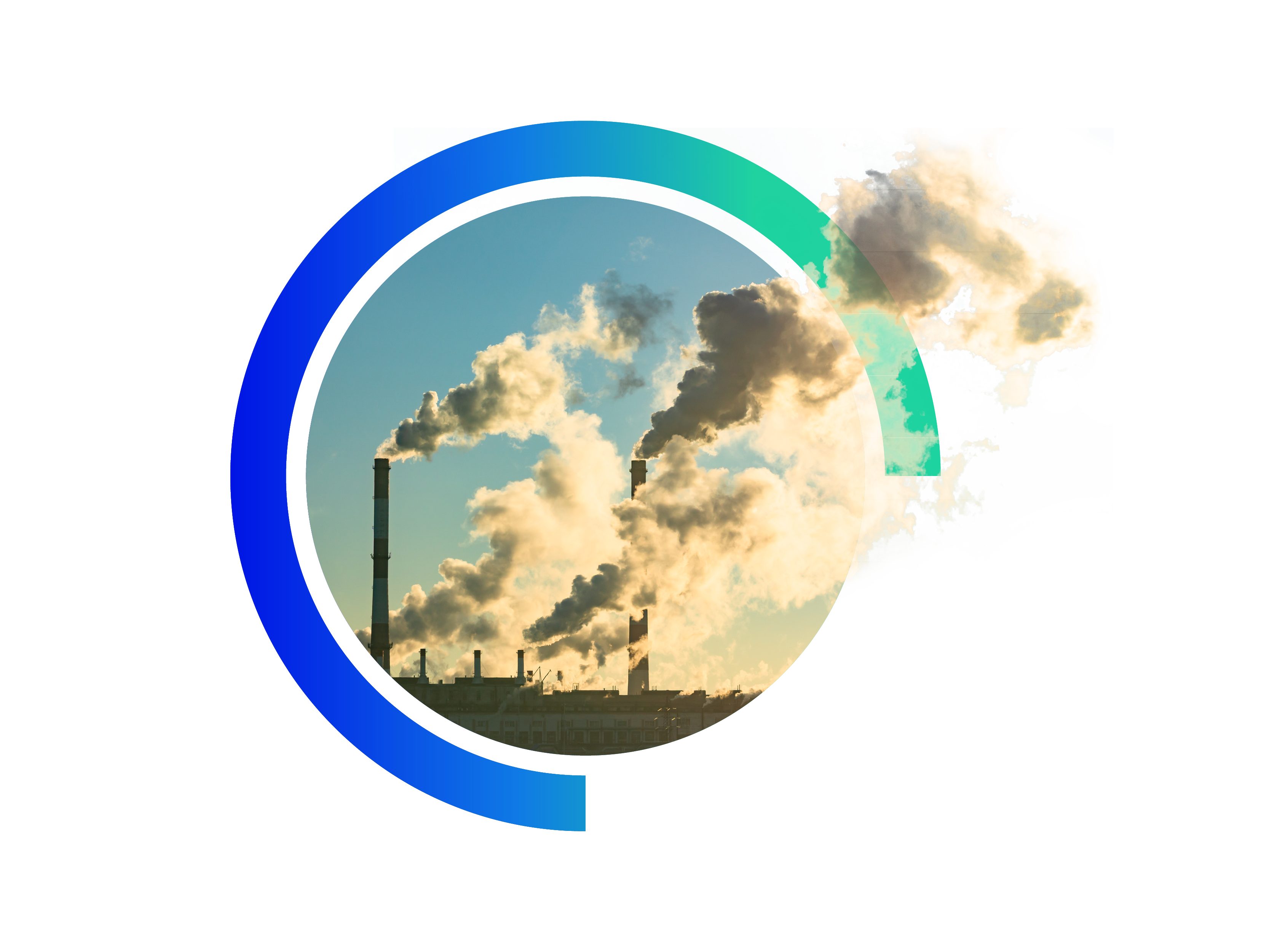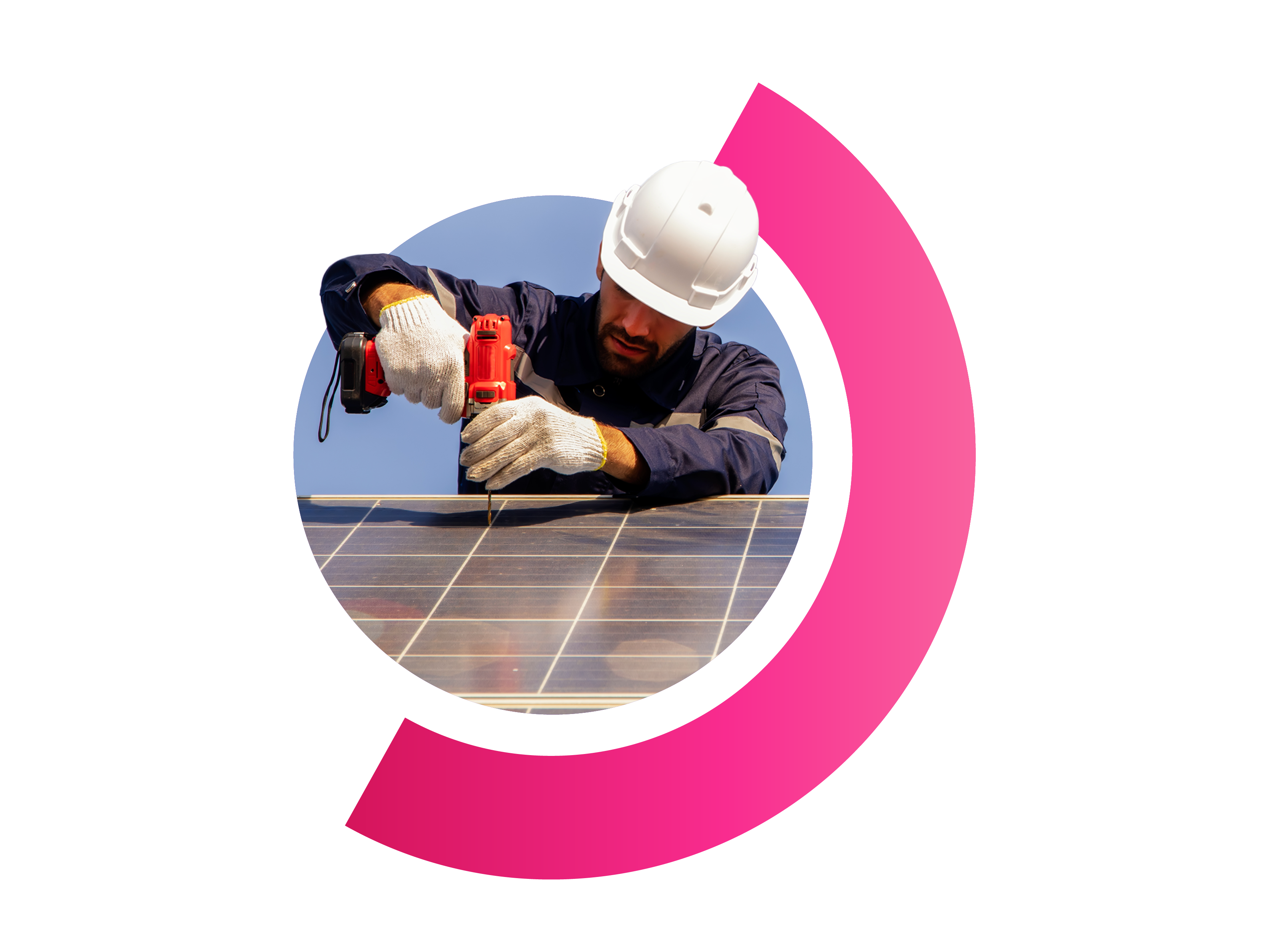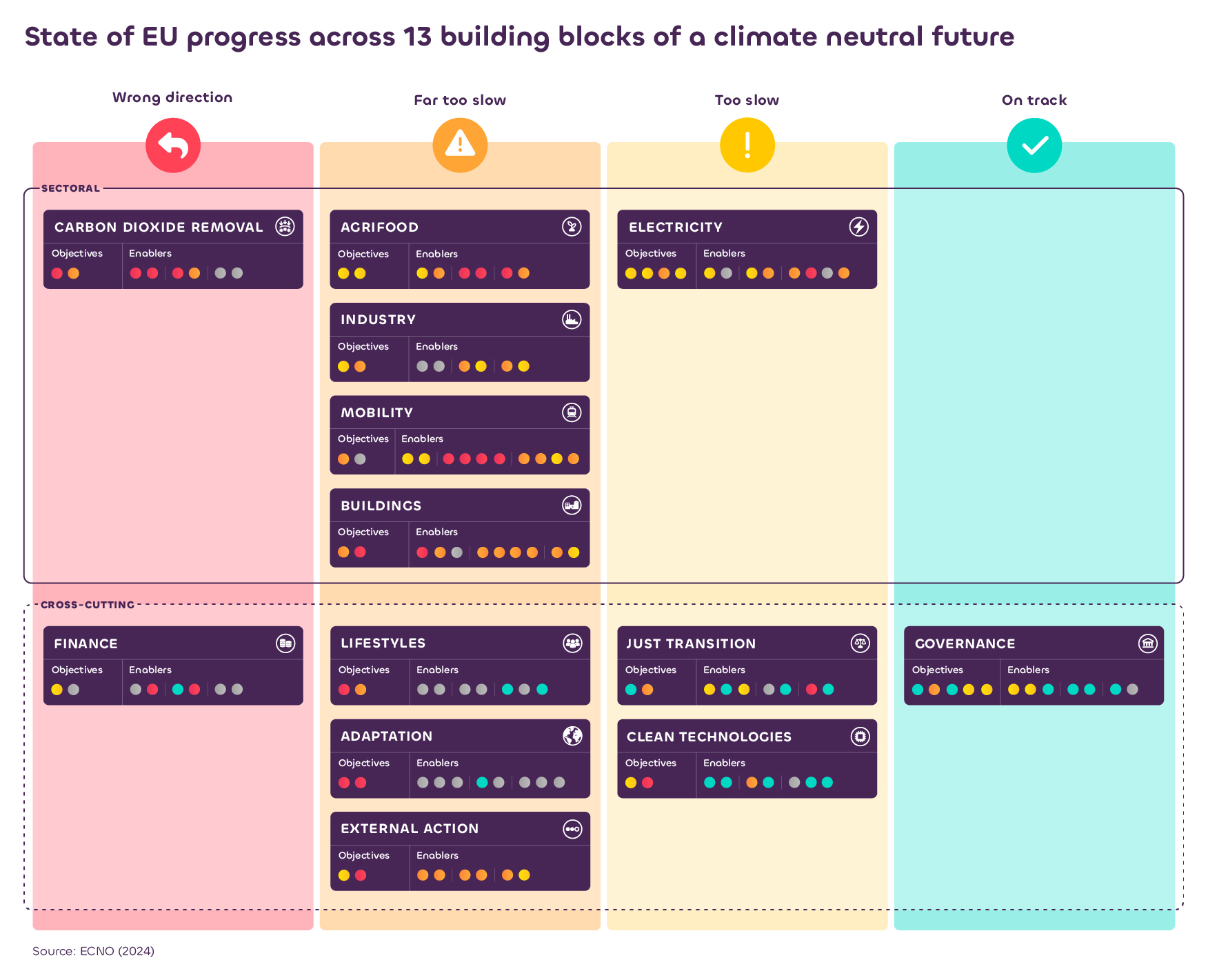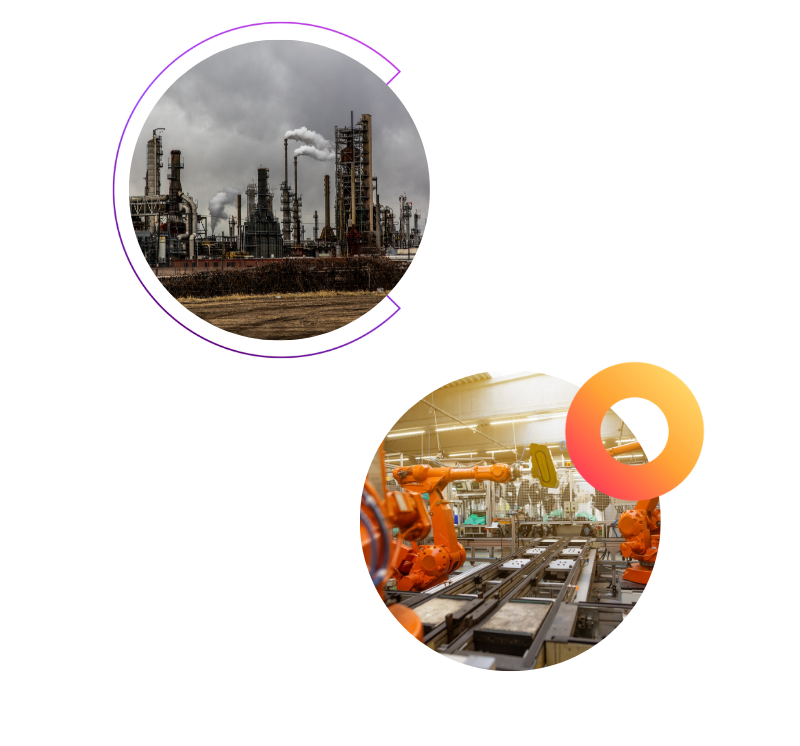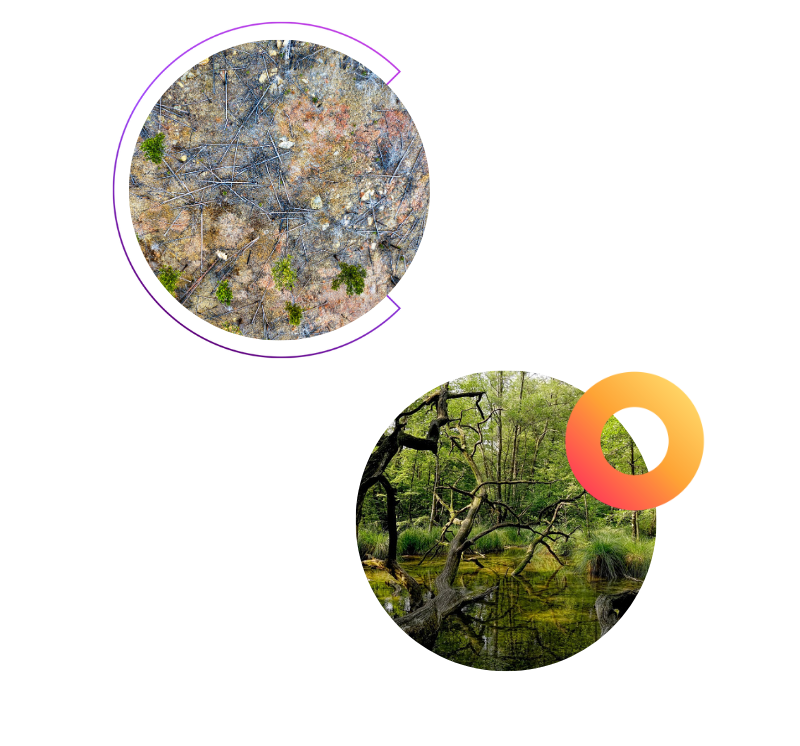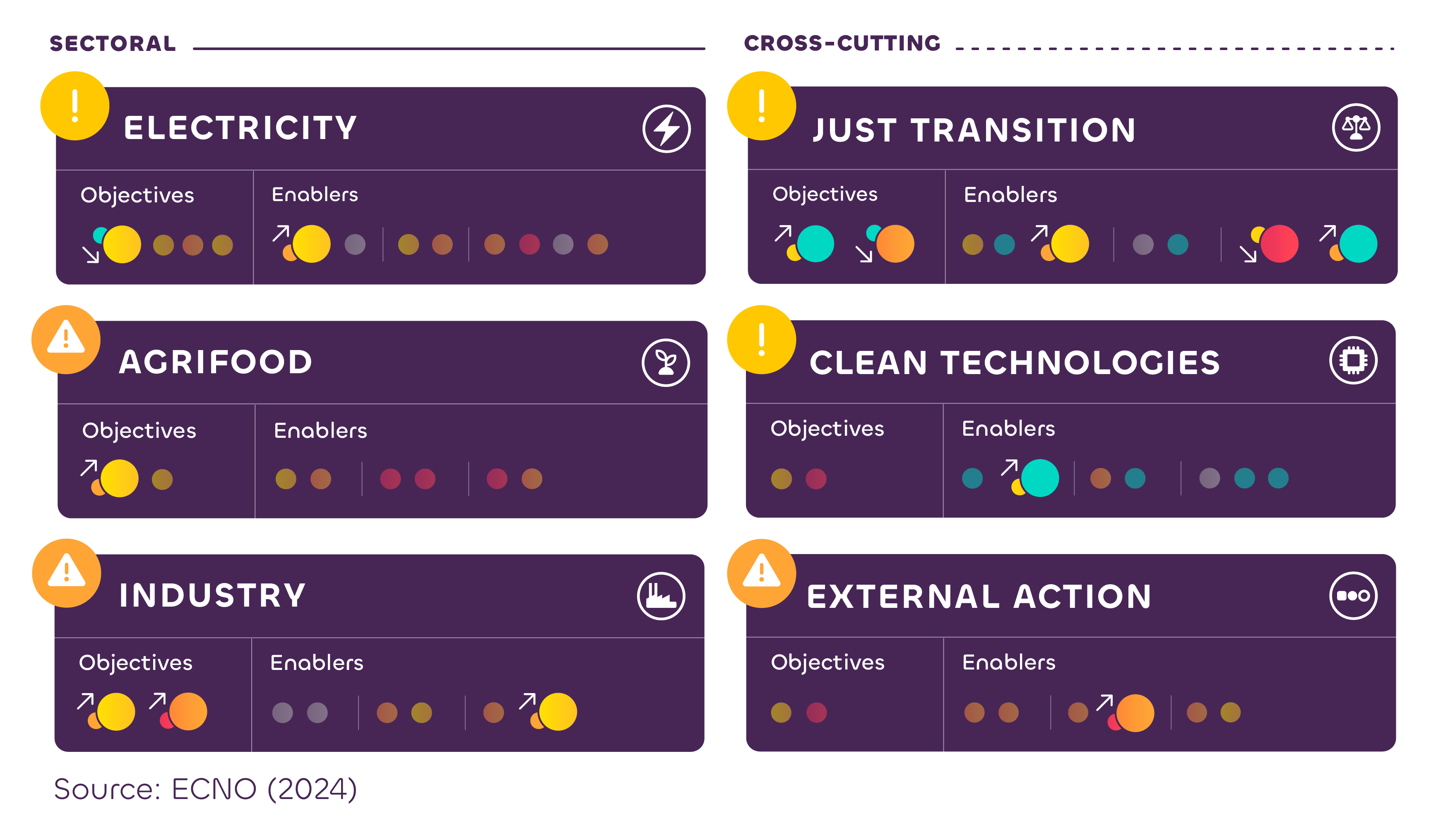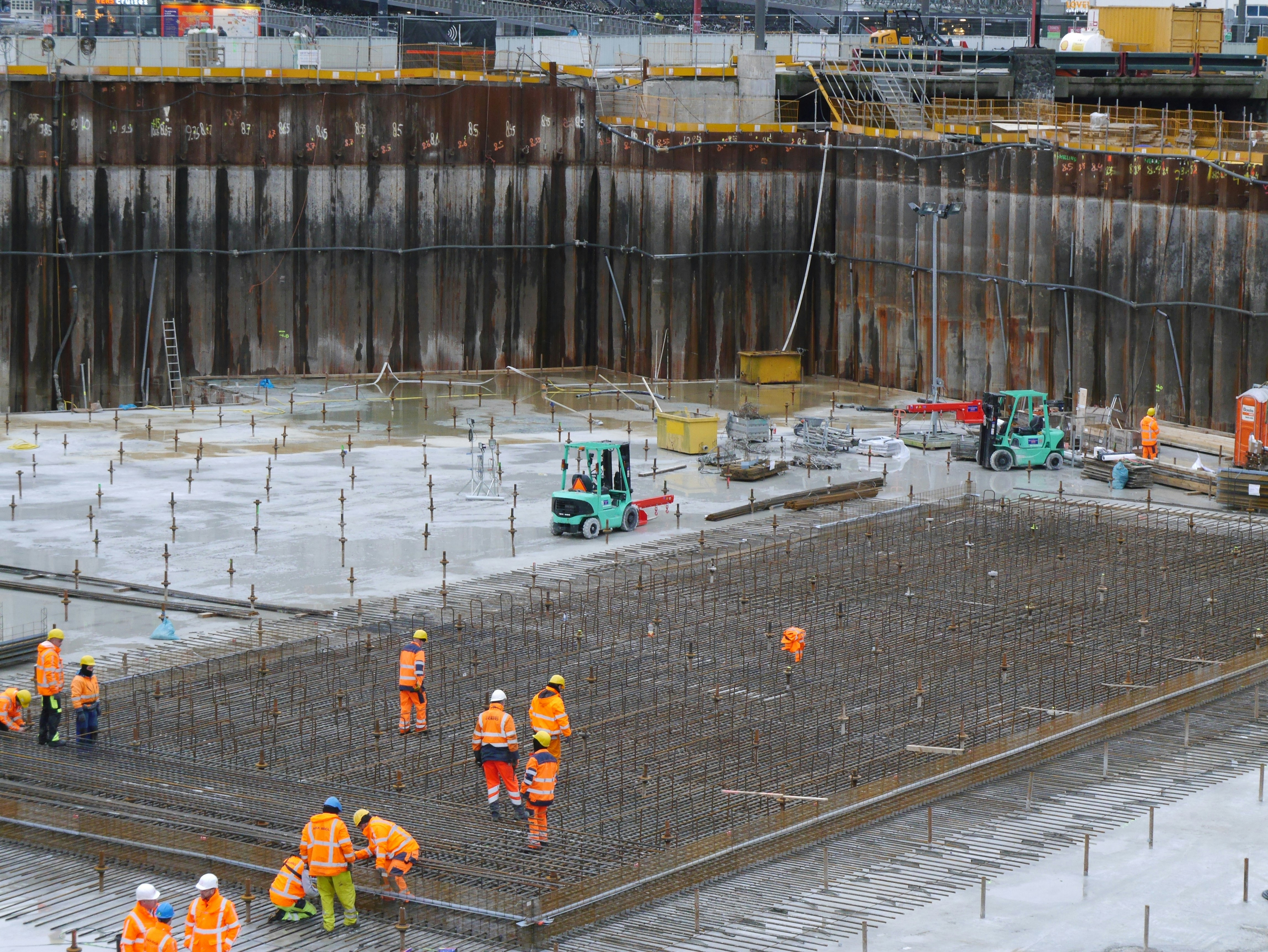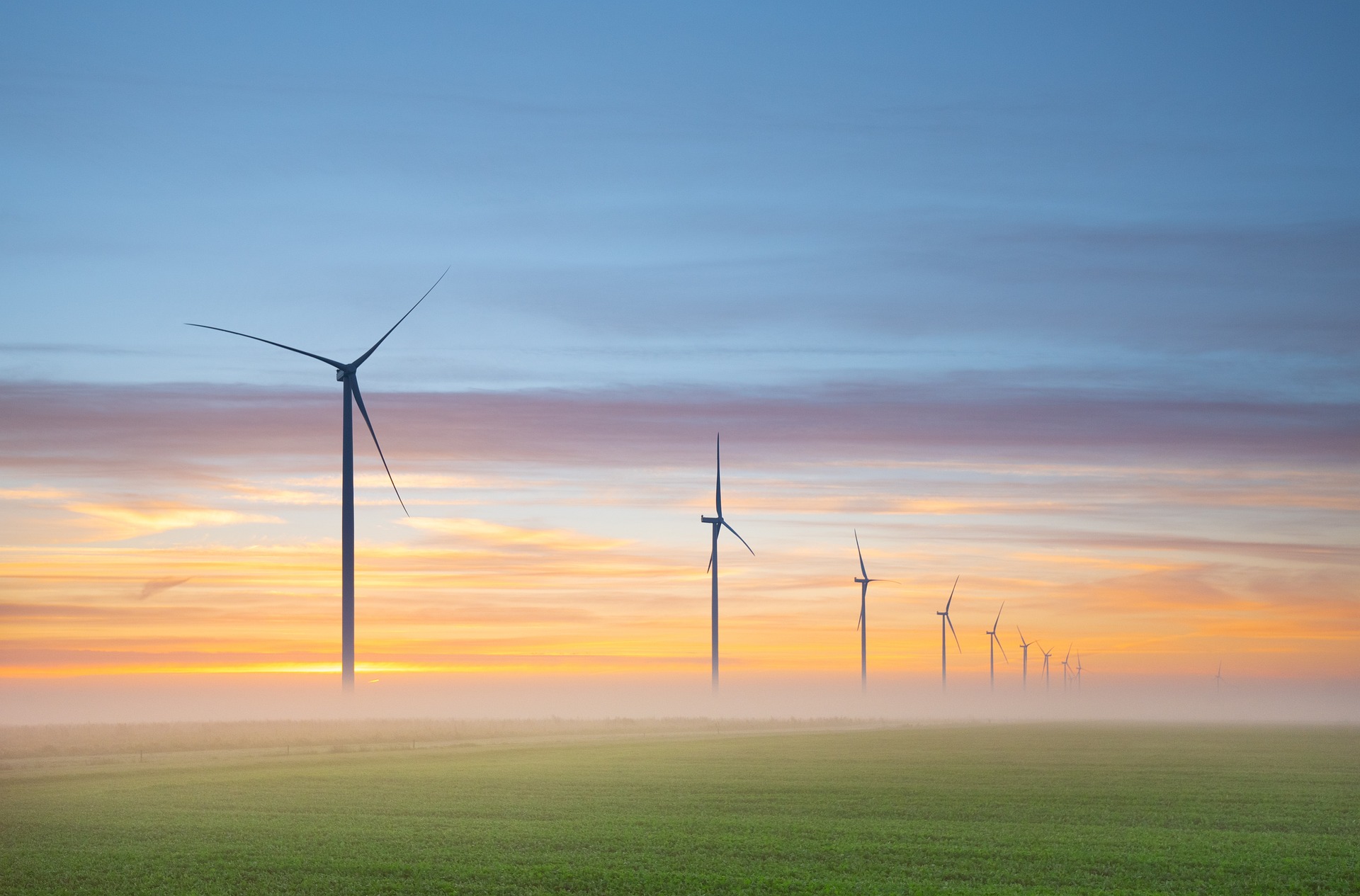Actions for the EU policy cycle 2024-2029
The 2024 ECNO assessment of the EU’s progress towards climate neutrality reveals 10 key areas where targeted policy actions are required in the legislative cycle 2024-2029 to get on track to net zero and a more competitive and just EU.

The broad set of policies adopted in the past four years has moved the EU firmly into the implementation phase of the transition to net zero emissions. National implementation is mentioned as a key action area in each building block, indicating its enormous potential in the next policy cycle. National policies need to be enhanced in several areas, including, e.g., support for and better integration of renewables, infrastructure development, and moving from a linear to a circular economy. National decision-making is best supported by high-quality national long-term strategies (LTS), national energy and climate plans (NECPs), progress reports (NECPRs), and meaningful public participation – all of which can be improved in most countries. EU-level support to Member States, along with further specification of the legal requirements and stricter follow-up to ensure adherence, would further facilitate national implementation.
Without a turn-around on finance and realising the necessary investments, the transition could fail. A strong policy push is needed to redirect financial flows towards transition financing, including progressively phasing out fossil fuel subsidies, and to close the investment gap. Progress could be made by developing a new EU-level long-term transition financing plan. Such a plan should include EU public funding tools and clarify the role of, and rules for, Member States’ funding. It should also set out whether existing regulations (such as the EU ETS) are sufficient to crowd in private finance or whether they need to be strengthened. Furthermore, it should provide information on EU funds allocation for the next EU long-term budget, the Multiannual Financial Framework (MFF), for 2028 to 2034. The EU can also support Member States in developing action plans for phasing out fossil fuel subsidies (which is already a long-standing commitment) and shifting resources to support sustainable investments, which address the root causes of energy poverty and energy security risks.
EU citizens show strong support for climate action but also express concerns over an uncertain future. To maintain citizens’ resolve, further progress is needed to ensure that they feel engaged in the process and that no one is left behind. A citizen-centric approach to decisions over the coming years could strengthen this dimension. Related actions would include developing job opportunities and creating adequate training programmes in relevant industries, as well as ensuring people have access to sustainable lifestyle options. Material deprivation and poverty can be better kept in check by moving from temporary protection instruments to structural measures that help manage distributional effects. Moreover, citizens should be given early and frequent opportunities to contribute to policy decisions. A critical starting point is improving national implementation of EU requirements, including public participation in climate policy planning and the establishment of permanent multi-level dialogues. All channels for engagement should be designed for impact with adequate political attention and follow-up.
Making EU industry fit for the age of net zero promotes innovation and increases international competitiveness and resilience over the long term. Providing additional dedicated EU-level funding, especially for electrification, grid infrastructure, and energy efficiency, and leveraging existing spending via improved green public procurement frameworks may accelerate the progress of the industrial transition in the EU. This support would help companies overcome financial obstacles to invest in and adopt new and improved technologies. Further progress would need comprehensive and consistent national energy and climate plans (NECPs) that consider the three enablers – circularity, energy efficiency, and zero carbon energy carriers, including electrification and the necessary infrastructure.
Mobility and buildings need dedicated additional policy action to increase progress. In buildings, the achievement of wide-spread deep renovation could be helped through compliance support and an enforcement system. For performance standards to be effective, accessible, and affordable, they should be integrated with supportive policy instruments, tailored to the needs of the target groups. An example are subsidies to address the financial barriers faced by low-income and vulnerable households, as well as rental units. In mobility, the EU can accelerate progress by targeting high-mileage corporate fleets, expanding the availability of and access to cross-border public transport and supporting Member States in their national zero-emission vehicle incentive schemes and in the corresponding infrastructure development. Progress towards managing motorised freight transport could be made by encouraging local, circular industry.
Across Europe, farmers expressed their concerns over the economic viability of their livelihoods in early 2024. At the same time, changes in current agricultural practices are essential to reaching climate neutrality. While farmers have started reorganising their businesses, a clear vision and reliable framework for the transition would further support their efforts. The Common Agricultural Policy (CAP) has the potential to shift public funds to incentivise low-emission, socially just, and resilient agriculture and to provide a predictable economic outlook for farmers. Standardised, stringent criteria for sustainable food procurement and labelling would support healthier, plant-based diets. Lastly, action can be taken to reduce food waste through stricter guidelines on responsible food business and marketing practices, acting on date marking, and mandating emission reductions from agrifood distributors and processors, while also engaging nonfarming actors in the transition.
Without Carbon Dioxide Removals (CDR), the EU cannot achieve climate neutrality – and current trends are worrying. There is an urgent need to further expand sustainable forest practices and promote restoration, reforestation, and sustainable management. Progress could be made by addressing the risks of fast-growing plantation forests, encouraging a shift away from monoculture towards near-natural forests with a greater mix in tree species, and promoting biodiversity and forests resilience. Any certified removals being used to account for residual emissions will have to be of high integrity to ensure permanence. To enable the deployment of sustainable technical CDR post-2030, progress should be made on research, development, and demonstration with a greater focus to be placed on full lifecycle impacts.
Global action is an essential part of successful climate policy and is also in the EU’s interest. The EU could advance its own contribution through effectively implementing existing partnerships, promoting sustainable trade practices, and supporting stringent, transparent, equitable, and effective environmental standards. Looking ahead, the EU’s foreign and trade policy could centre on the global transformation. A key dimension is also the provision of international climate finance that corresponds to the EU’s fair share. To reinforce its commitment to financing clean projects abroad, progress could be made by transforming the European Investment Bank into a true ‘climate bank’ – phasing out fossil-fuel financing and supporting renewable energy, energy efficiency, and climate resilience.


